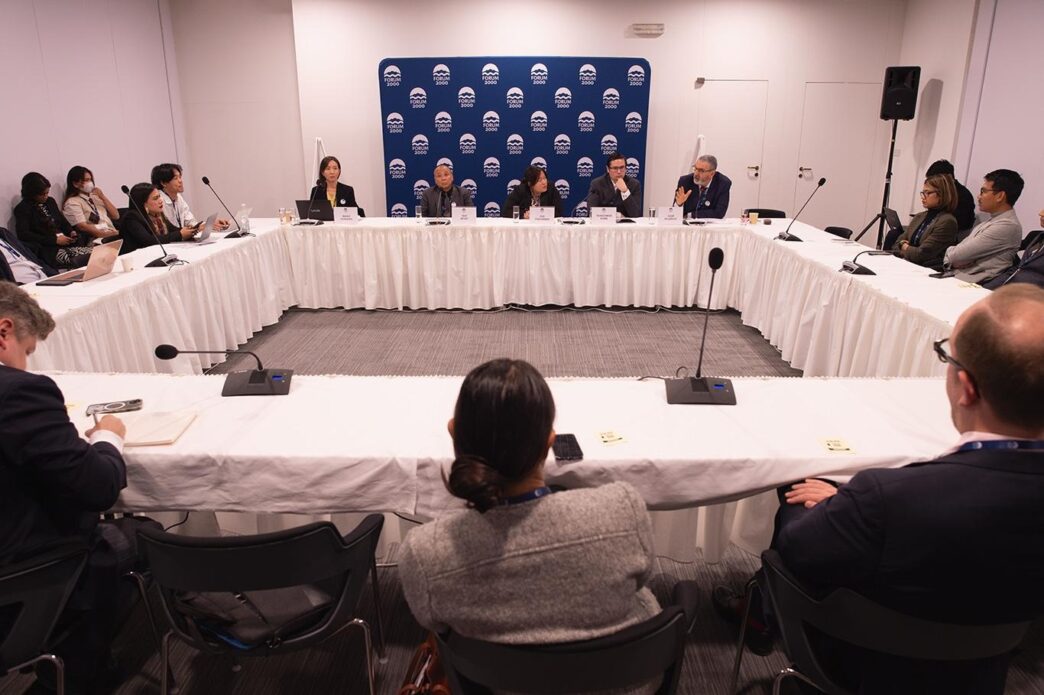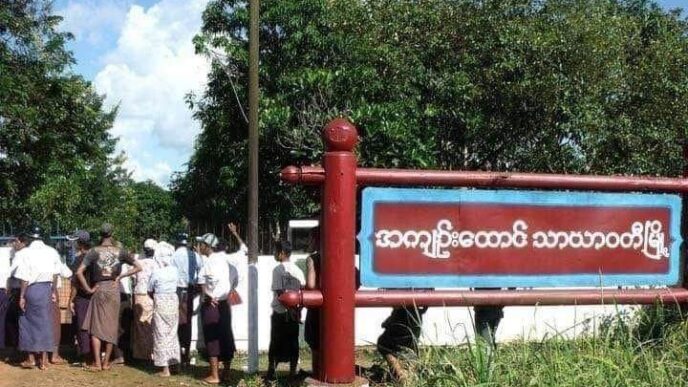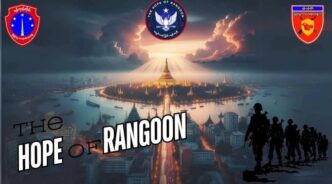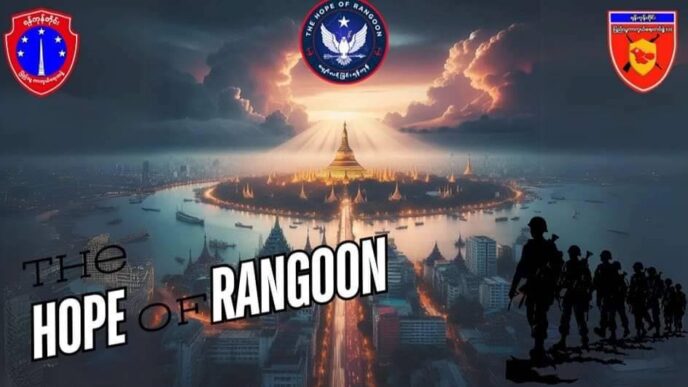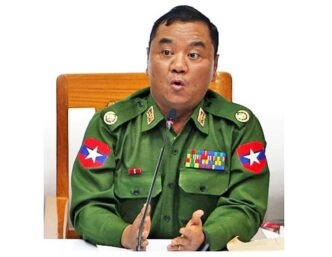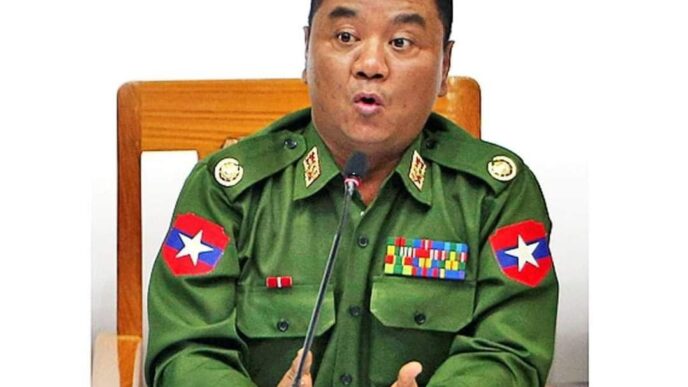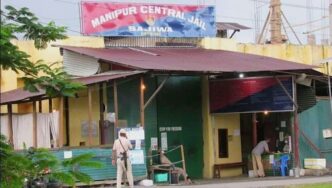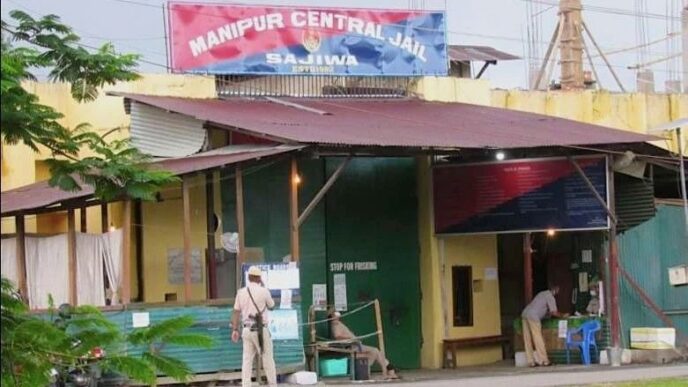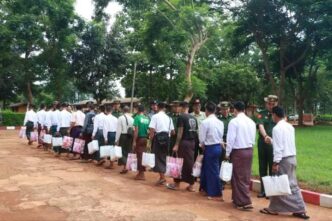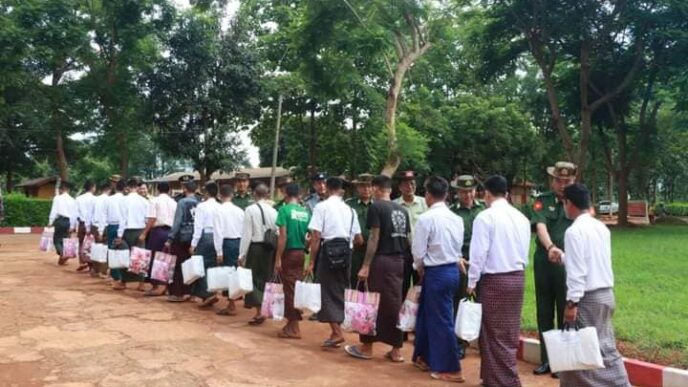The Forum 2000 conference in Prague, renowned for addressing global crises, has placed Myanmar’s ongoing struggle at the forefront of its agenda this year. This pivotal event gathers international thought leaders and seeks actionable strategies for halting the violence inflicted by Myanmar’s military regime. Led by Maiko Ichihara of Japan’s Hitotsubashi University, the discussion delves into Myanmar’s escalating crisis, questioning how its people can reclaim their country from military control.
Contrary to viewing Myanmar’s struggle merely as an internal conflict, it is more accurately described as a military-led terror campaign against civilians seeking freedom. Following the February 2021 coup, which overturned democratic elections, Myanmar’s population responded with peaceful protests. The military responded with brutality, systematically suppressing dissent through arrests, torture, and violence. Rather than restoring control, this oppression only fueled resistance, with citizens turning to armed guerilla warfare, nonviolent defiance, and cultural activism. Over time, resistance forces have gained significant ground, effectively liberating parts of the country and fortifying their stance.
Myanmar’s neighbors, initially hopeful that the military could swiftly regain control, now witness an unraveling military authority. Bordering nations like China, Thailand, and India, once passive observers, are now facing strategic dilemmas as they grapple with Myanmar’s evolving power dynamics. Their longstanding ties to Myanmar’s military complicate their willingness to support the revolution, as these relationships are built on stability and economic interests. However, as the military’s influence wanes and the revolution strengthens, these neighboring countries are cautiously considering their positions.
While ASEAN and Myanmar’s neighbors push for ceasefires and staged elections, their interventions often lack genuine solutions, prolonging Myanmar’s suffering. Any attempts at negotiations are hindered by the military’s desire to maintain control, while Myanmar’s revolutionaries reject compromise with a military that has lost public trust and authority. The military, weakened and struggling for resources, relies on these stalled dialogues to regroup and fortify its forces.
In contrast, the international community, especially the United Nations, has faced setbacks in supporting Myanmar’s citizens. Humanitarian aid struggles to reach those in need, limited to areas under military control. The international response has been largely passive, restricted to monitoring and documenting human rights abuses, with limited direct intervention.
Myanmar’s neighbors, the UN, and global supporters are at a crossroads. The military regime is not just a domestic threat; it’s a destabilizing force affecting regional peace and human rights. Moving forward, international allies must prioritize strategic, community-led support for the Burmese people, challenging oppressive forces and ensuring aid reaches those on the frontlines of Myanmar’s fight for freedom. As the world watches, proactive measures are essential to prevent further suffering and empower Myanmar’s people to determine their own future.
- Can Myanmar’s Neighbors and International Allies Truly End Its War? A Strategic Six-Month Plan Examined
- Forum 2000 Conference: Spotlight on Myanmar’s Conflict
- Understanding Myanmar’s Crisis Beyond “Conflict”
- The Role of the International Community and Myanmar’s Neighbors in Resolution Efforts
- How Neighboring Countries and ASEAN Are Involved
- International Sanctions and Military Support Dynamics
- The Six Aspects of the Myanmar Military That Obstruct Peace
- Can Diplomatic Efforts and Strategic Actions End the Myanmar Crisis?
- Forum 2000 Conference: Spotlight on Myanmar’s Conflict
- Objectives of the Myanmar Program at Forum 2000
- Key Discussion Points Led by Maiko Ichihara
- Understanding Myanmar’s Crisis Beyond “Conflict”
- Reframing the Situation: Military Aggression vs. Civil Defense
- Timeline of the Crisis: From Protests to Armed Resistance
- The Role of the International Community and Myanmar’s Neighbors in Resolution Efforts
- How Neighboring Countries Influence Conflict Resolution
- ASEAN’s Stance and Efforts in Myanmar’s Political Crisis
- How Neighboring Countries and ASEAN Are Involved
- China’s Influence and Strategic Moves
- India and Thailand’s Position and Economic Interests
- International Sanctions and Military Support Dynamics
- Current Sanctions and Their Effectiveness
- Challenges in Aligning International Pressure on the Military
- The Six Aspects of the Myanmar Military That Obstruct Peace
- Military Dictatorship and Authoritarian Control
- The Military’s Economic Stronghold and its Impact on Civilian Life
- Can Diplomatic Efforts and Strategic Actions End the Myanmar Crisis?
- Practical Steps for Neighbors and Allies to Support Lasting Peace
- Looking Ahead: The Future of Myanmar Without Min Aung Hlaing

